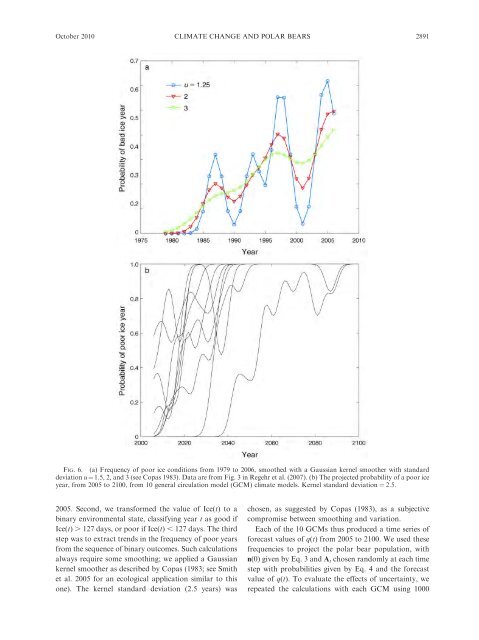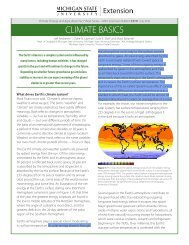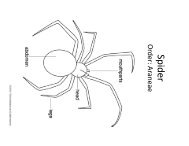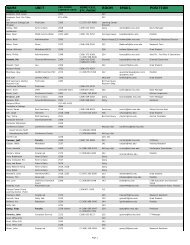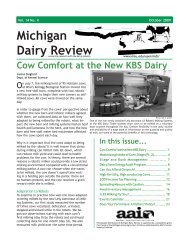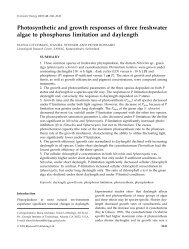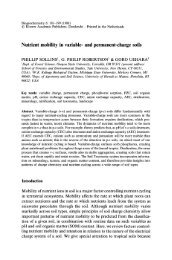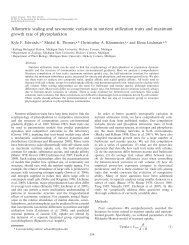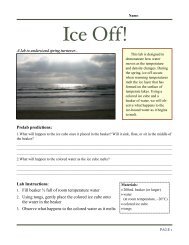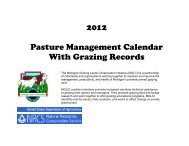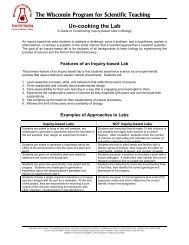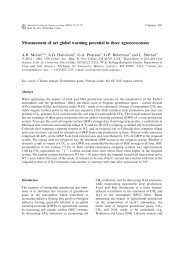Climate Change Threatens Polar Bear Populations
Climate Change Threatens Polar Bear Populations
Climate Change Threatens Polar Bear Populations
- No tags were found...
Create successful ePaper yourself
Turn your PDF publications into a flip-book with our unique Google optimized e-Paper software.
October 2010 CLIMATE CHANGE AND POLAR BEARS2891FIG. 6. (a) Frequency of poor ice conditions from 1979 to 2006, smoothed with a Gaussian kernel smoother with standarddeviation u ¼ 1.5, 2, and 3 (see Copas 1983). Data are from Fig. 3 in Regehr et al. (2007). (b) The projected probability of a poor iceyear, from 2005 to 2100, from 10 general circulation model (GCM) climate models. Kernel standard deviation ¼ 2.5.2005. Second, we transformed the value of Ice(t) toabinary environmental state, classifying year t as good ifIce(t) . 127 days, or poor if Ice(t) , 127 days. The thirdstep was to extract trends in the frequency of poor yearsfrom the sequence of binary outcomes. Such calculationsalways require some smoothing; we applied a Gaussiankernel smoother as described by Copas (1983; see Smithet al. 2005 for an ecological application similar to thisone). The kernel standard deviation (2.5 years) waschosen, as suggested by Copas (1983), as a subjectivecompromise between smoothing and variation.Each of the 10 GCMs thus produced a time series offorecast values of q(t) from 2005 to 2100. We used thesefrequencies to project the polar bear population, withn(0) given by Eq. 3 and A t chosen randomly at each timestep with probabilities given by Eq. 4 and the forecastvalue of q(t). To evaluate the effects of uncertainty, werepeated the calculations with each GCM using 1000


